Forage
All Forage Content
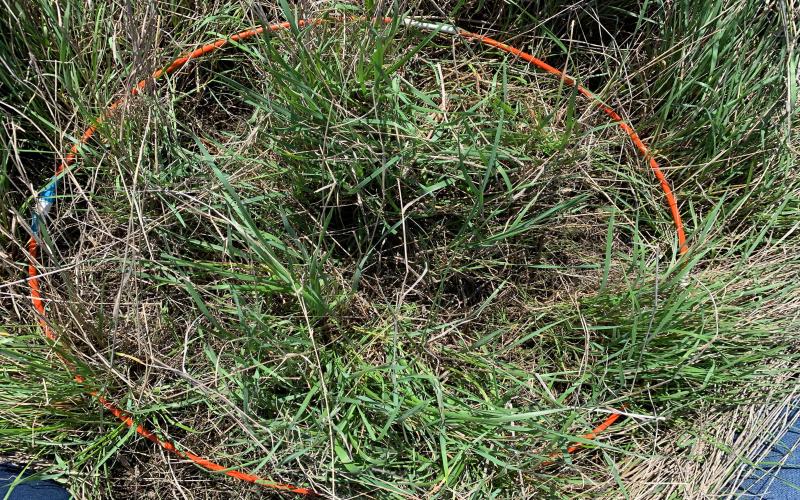
You Can’t Manage What You Don’t Measure: Range Record Keeping
Range record keeping helps detect and demonstrate landscape changes that have a direct impact on your ability to maintain or grow your herd.

Crops
During the growing season, SDSU Extension provides weekly production recommendations.

Southeast Research Farm Seminars @ Dakota Farm Show
Join SDSU Extension for a series of educational presentations during the Dakota Farm Show from January 6-7, 2026, at the USD DakotaDome (1101 N Dakota St, Vermillion, SD 57069).
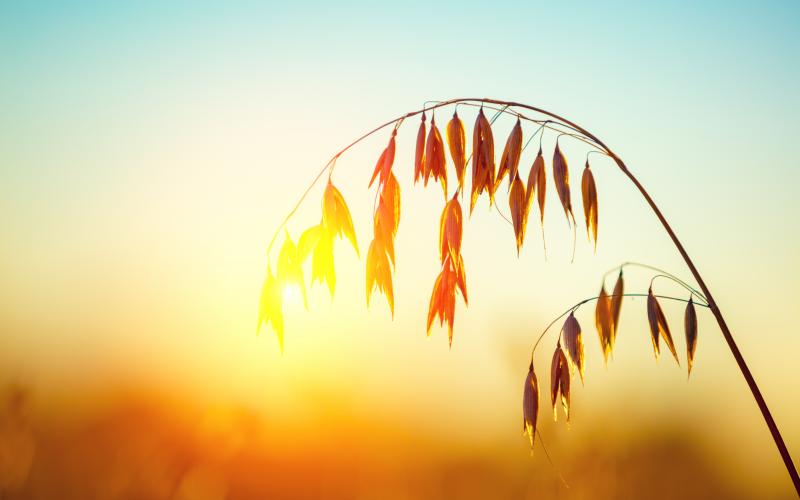
Cover Crops
The benefits of planting cover crops are numerous.
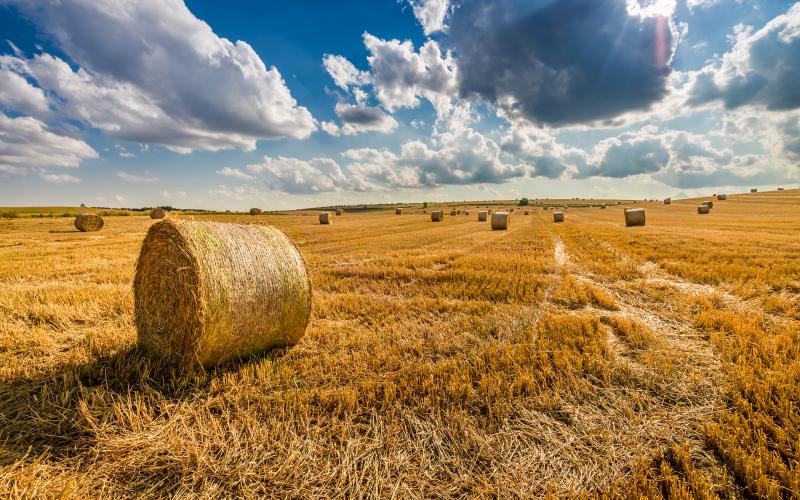
Forage
SDSU Extension works with forage producers, providing them with access to quick tests, research-based information, and best management practices to help maximize yields and nutritional quality of forages.
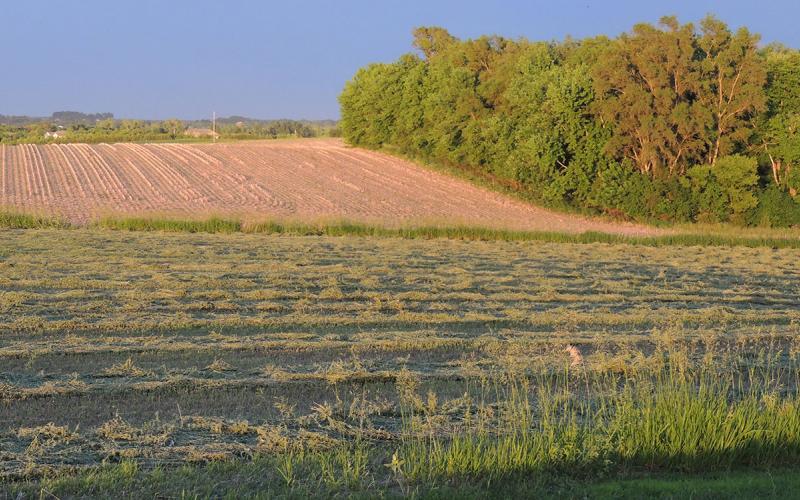
Forage Inventory and Demand Calculator
Calculator for inventorying livestock and forage on hand to determine additional forage purchase needs, or livestock sales.
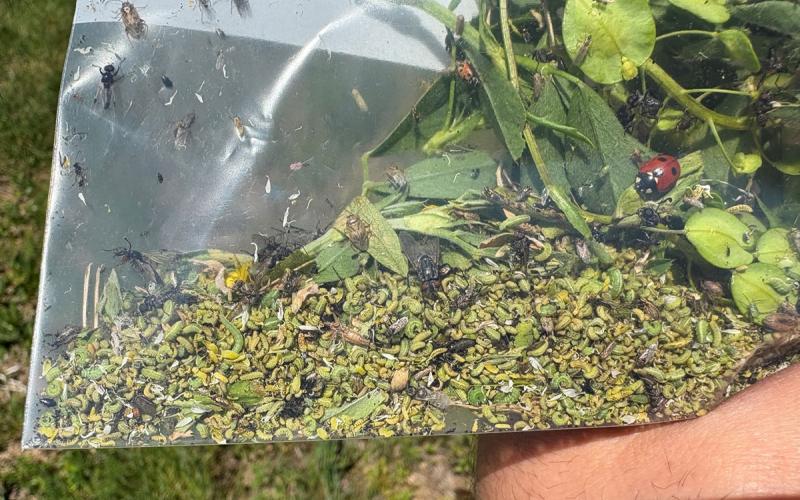
Learn about alfalfa weevil at Northern Plains Forage Association annual meeting
November 17, 2025
South Dakota State University Extension encourages producers to attend the Northern Plains Forage Association annual meeting and seminars, which will feature forage-related education and research.
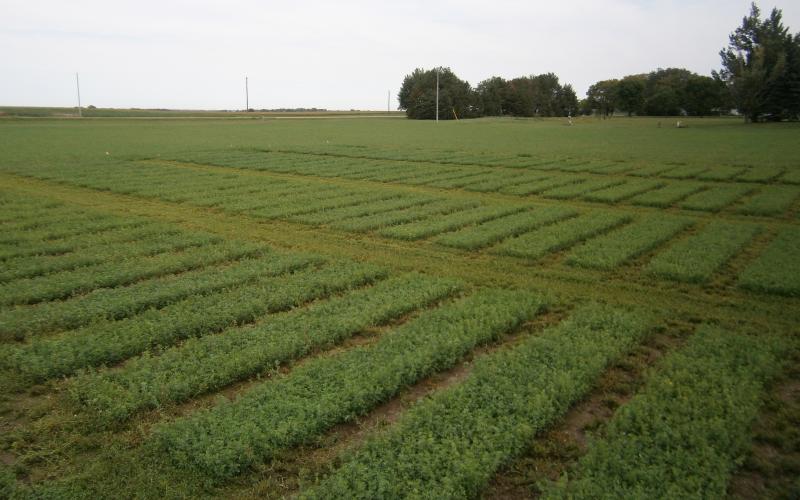
Forage Variety Trial Results
The 2025 Forage Variety Trial Results include data from different locations in South Dakota.
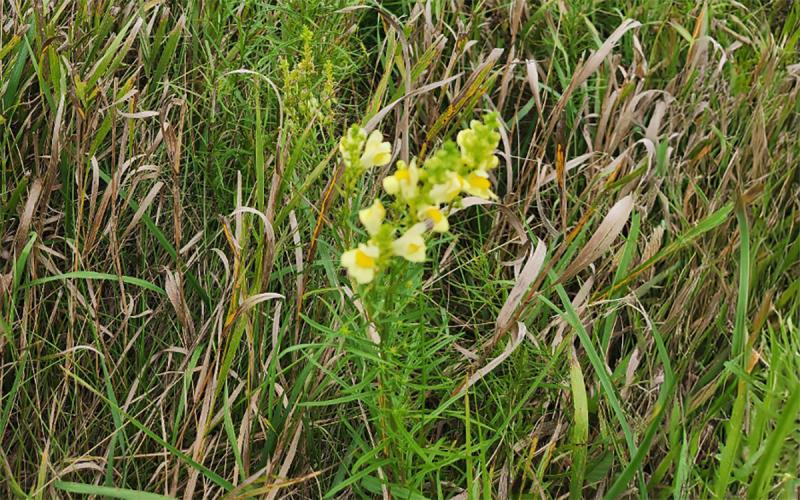
Yellow Toadflax Has Begun Producing Seeds: Scout before treating infested areas
Yellow toadflax is a perennial weed that infests pasture and rangeland across South Dakota. This year, with an abundance of heat and moisture, plants flowered in early August and now have started to produce seeds.
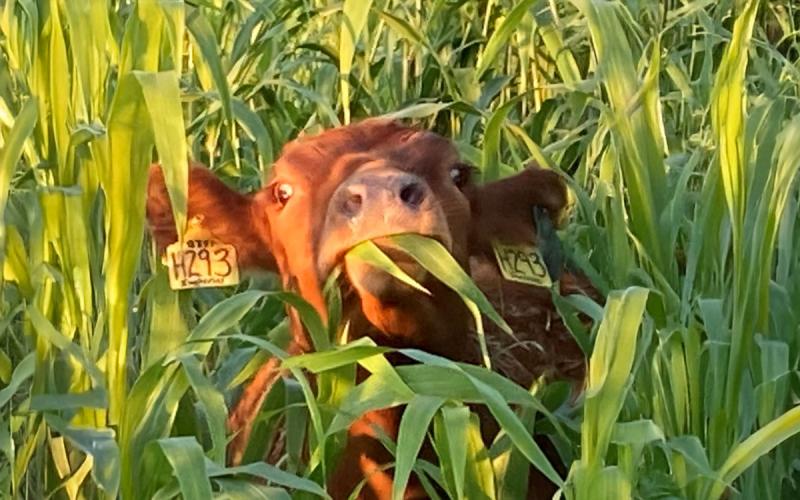
SDSU Extension welcomes new crop and livestock field specialist
September 12, 2025
South Dakota State University Extension is pleased to welcome Parker Witt as a new Crop and Livestock Field Specialist.